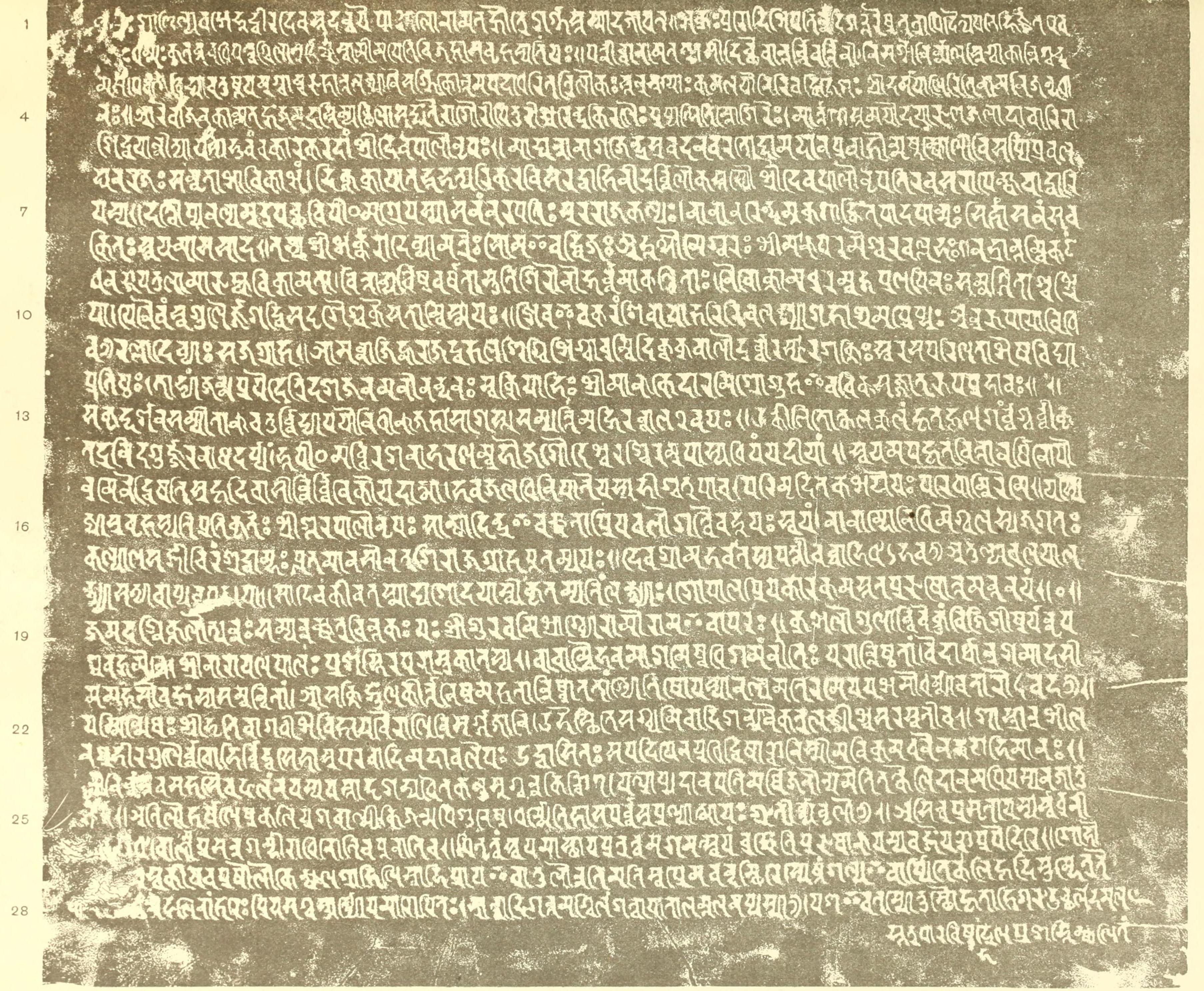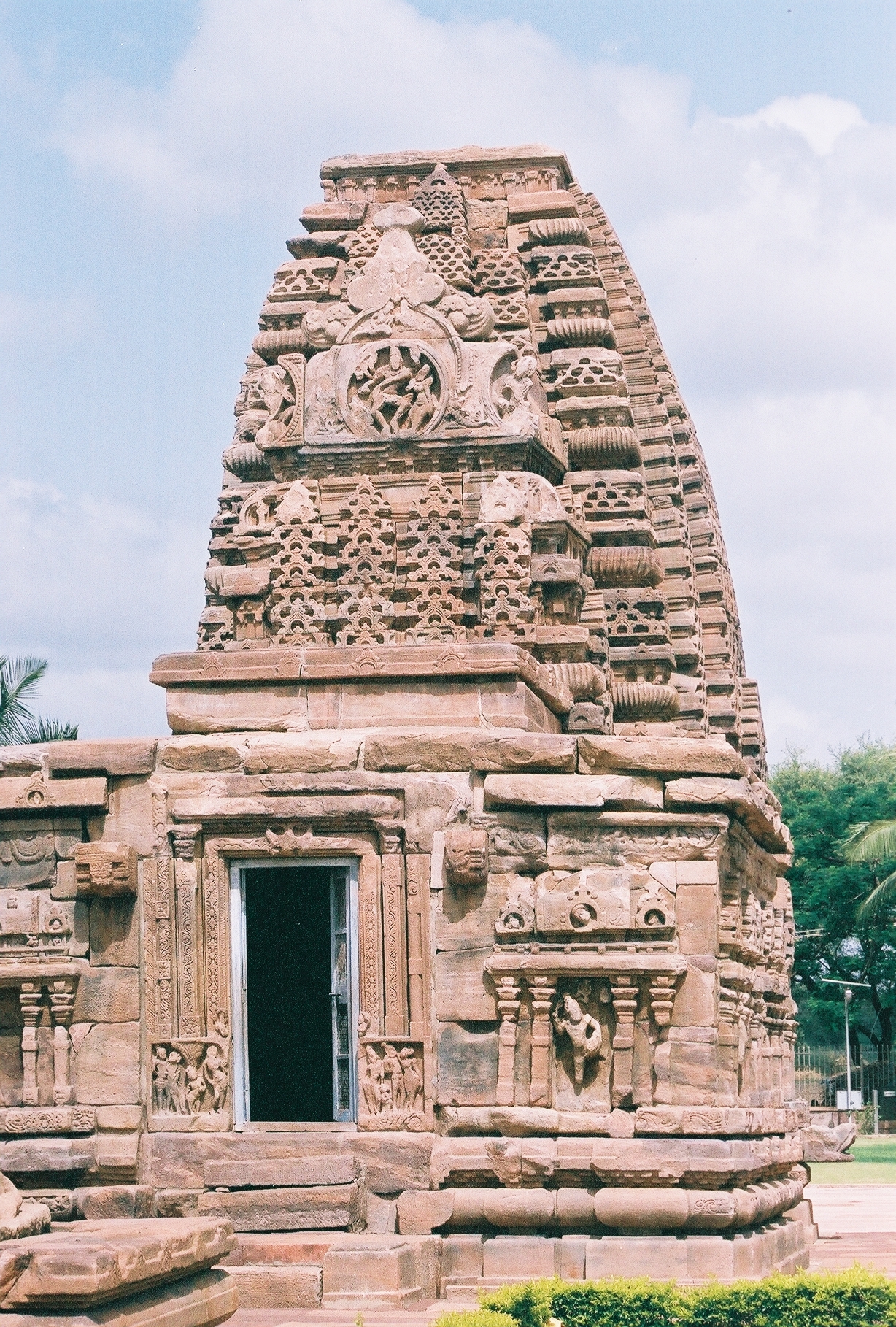|
Rajyapala
Rajyapala was the eighth emperor of the Pala dynasty. He succeeded his father Narayanapala. He reigned for 32 years. The Bharat Kala Bhaban inscription is dated in his 2nd regnal year, He was succeeded by his son Gopala III.Sinha, Bindeshwari Prasad (1977). ''Dynastic History of Magadha'', New Delhi: Abhinav Publications, p.195 See also * List of rulers of Bengal References Year of birth missing 940 deaths Pala emperors {{India-royal-stub ... [...More Info...] [...Related Items...] OR: [Wikipedia] [Google] [Baidu] |
Gopala III
Gopala III, previously known as Gopala II, was the successor to the Pala king Rajyapala in the Bengal region of the Indian subcontinent, and ninth ruler of the Pala line. He was succeeded by Vigrahapala II. Life He was the son of Rajyapala by the Rashtrakuta princess Bhagyadevi, who may be identified as a daughter of Jagattunga, himself a son of Emperor Krishna II. During Gopala's reign, the Chandelas and Kalachuris of Tripuri emerged in lands formerly of the Pratiharas. The Kamboja tribes also established themselves in Varendra & Rahr, pushing Gopala outside Bengal. The Dacca copperplate inscription states that Srichandra, the Chandra king of Samatata-Harikela aided Gopala to be crowned king by defeating the armies of Ratna Pala of Kamarupa. See also *List of rulers of Bengal This is a list of rulers of Bengal. For much of History of Bengal, its history, Bengal was split up into several independent kingdoms, completely unifying only several times. In Kingdoms of An ... [...More Info...] [...Related Items...] OR: [Wikipedia] [Google] [Baidu] |
Pala Empire
The Pāla Empire was the empire ruled by the Pala dynasty, ("protector" in Sanskrit) a medieval Indian dynasty which ruled the kingdom of Gauda Kingdom, Gauda. The empire was founded with the election of Gopala, Gopāla by the chiefs of Kingdom of Gauda, Gauda in late eighth century CE. The Pala stronghold was located in Bengal and eastern Bihar, which included the major cities of Gauḍa (city), Gauḍa, Bikrampur, Vikramapura, Pataliputra, Pāṭaliputra, Munger, Monghyr, Somapura, Ramavati (Varendra), Tamralipta, Tāmralipta and Jaggadala, Jagaddala. The Pālas were astute diplomats and military conquerors. Their army was noted for its vast war elephant corps. Their navy performed both mercantile and defensive roles in the Bay of Bengal. At its zenith under emperors Dharmapala (emperor), Dharmapala and Devapala (Pala dynasty), Devapala in the early ninth century, the Pala empire was the dominant power in the northern Indian subcontinent, with its territory stretching across ... [...More Info...] [...Related Items...] OR: [Wikipedia] [Google] [Baidu] |
Narayanapala
Narayanapala (871–925 CE) was the seventh emperor of the Pala Empire of the Eastern regions of the Indian subcontinent, mainly the Bengal and Bihar regions. Reign The Gaya temple inscription dated in his 7th regnal year, the Indian Museum (found in the erstwhile Patna district) stone inscription dated in his 9th regnal year, the Bhagalpur copper-plate grant dated in his 17th regnal year, Bihar votive image inscription dated in his 54th regnal year and the Badal pillar inscription of his minister Bhatta Guravamishra provide information about his reign. Based on the different interpretations of the various epigraphs and historical records, the different historians estimate Narayanapala's reign as follows: He was the son of Vigrahapala I by his wife, the Kalachuri princess Lajjadevi, who is identified by O.P. Verma as being the probable daughter of Kokalla I. Naryanapala was later succeeded by his son Rajyapala. Religion and Religious Policy Before the Pāla Dynasty, ... [...More Info...] [...Related Items...] OR: [Wikipedia] [Google] [Baidu] |
List Of Rulers Of Bengal
This is a list of rulers of Bengal. For much of History of Bengal, its history, Bengal was split up into several independent kingdoms, completely unifying only several times. In Kingdoms of Ancient India, ancient times, Bengal consisted of the kingdoms of Pundra kingdom, Pundra, Suhma kingdom, Suhma, Vanga kingdom, Vanga, Samatata and Harikela. In the 4th century BCE, during the reign of the Nanda Empire, the powerful rulers of Gangaridai sent their forces consisting of war elephants which led to the withdrawal of Alexander the Great from the Indian subcontinent. With the rise of Gopala in 750 AD, Bengal was united once more under the Buddhist and Shaivism, Shaivite Pala Empire. The Pala period is considered as one of golden eras of Bengali history as it brought stability and prosperity to Bengal after centuries of Civil war, Civil War, created outstanding works of art and architecture, proto-Bengali language developed under them including its first literary work, the Charyapa ... [...More Info...] [...Related Items...] OR: [Wikipedia] [Google] [Baidu] |
940 Deaths
Year 940 (Roman numerals, CMXL) was a leap year starting on Wednesday of the Julian calendar. Events By place Europe * The tribe of the Polans (western), Polans begins the construction of the following fortified settlements (Giecz, Bnin, Kórnik, Bnin, Ląd, Greater Poland Voivodeship, Ląd, Gniezno, Poznań, Grzybowo, Września County, Grzybowo and Ostrów Lednicki) in Greater Poland. The Piast dynasty, Piast Dynasty under Duke Siemomysł gains control over other groups of Polans along the Upper Vistula, and establishes their rule around Giecz (approximate date). Japan * March 25 – Taira no Masakado, the self-proclaimed "New Emperor" (新皇), is subdued by local rivals who revolt against his rule. His forces are defeated by his cousin, Taira no Sadamori, in Shimōsa Province. Masakado's head is brought back to Emperor Emperor Suzaku, Suzaku in Tokyo. By topic Literature * Saadia Gaon, a Jewish rabbi and philosopher, compiles his Siddur of Saadia Gaon, S ... [...More Info...] [...Related Items...] OR: [Wikipedia] [Google] [Baidu] |
Rashtrakuta Empire
The Rashtrakuta Empire was a royal Indian polity ruling large parts of the Indian subcontinent between the 6th and 10th centuries. The earliest known Rashtrakuta inscription is a 7th-century copper plate grant detailing their rule from Manapur, a city in Central or West India. Other ruling Rashtrakuta clans from the same period mentioned in inscriptions were the kings of Achalapur and the rulers of Kannauj. Several controversies exist regarding the origin of these early Rashtrakutas, their native homeland and their language. The Elichpur clan was a feudatory of the Badami Chalukyas, and during the rule of Dantidurga, it overthrew Chalukya Kirtivarman II and went on to build an empire with the Gulbarga region in modern Karnataka as its base. This clan came to be known as the Rashtrakutas of Manyakheta, rising to power in South India in 753 AD. At the same time the Pala dynasty of Bengal and the Prathihara dynasty of Gurjaratra were gaining force in eastern and northweste ... [...More Info...] [...Related Items...] OR: [Wikipedia] [Google] [Baidu] |
Hinduism
Hinduism () is an Hypernymy and hyponymy, umbrella term for a range of Indian religions, Indian List of religions and spiritual traditions#Indian religions, religious and spiritual traditions (Sampradaya, ''sampradaya''s) that are unified by adherence to the concept of ''dharma'', a Ṛta, cosmic order maintained by its followers through rituals and righteous living, as expounded in the Vedas. The word ''Hindu'' is an exonym, and while Hinduism has been called the oldest religion in the world, it has also been described by the modern term ''Sanātana Dharma'' () emphasizing its eternal nature. ''Vaidika Dharma'' () and ''Arya dharma'' are historical endonyms for Hinduism. Hinduism entails diverse systems of thought, marked by a range of shared Glossary of Hinduism terms, concepts that discuss God in Hinduism, theology, Hindu mythology, mythology, among other topics in Hindu texts, textual sources. Hindu texts have been classified into Śruti () and Smṛti (). The major Hin ... [...More Info...] [...Related Items...] OR: [Wikipedia] [Google] [Baidu] |
Balarama BM OA 1986
Balarama (, ) is a Hindu god, and the elder brother of Krishna. He is particularly significant in the Jagannath tradition, as one of the triad deities. He is also known as Haladhara, Halayudha, Baladeva, Balabhadra, and Sankarshana. The first two epithets associate him with ''hala'' (''langala'', "plough") from his strong associations with farming and farmers, as the deity who used farm equipment as weapons when needed, and the next two refer to his strength. Originally an agricultural deity, Balarama is mostly described as an incarnation of Shesha, the serpent associated with the deity Vishnu while some Vaishnava traditions regard him as the eighth avatar of Vishnu, with Jayadeva’s Gita Govinda (c.1200) "incorporat ngBalarama into the pantheon" as the ninth of the 10 principal avatars of Vishnu. Balarama's significance in Indian culture has ancient roots. His image in artwork is dated to around the start of the common era, and in coins dated to the second-century BCE. In ... [...More Info...] [...Related Items...] OR: [Wikipedia] [Google] [Baidu] |
Gopala II
Gopala II (r. c. 866–870 CE) was the successor to the Pala king Shurapala I in the Bengal-Bihar region of the Indian subcontinent, and the sixth ruler of the Pala line reigning for at least four years. The existence of this king came to light when, in 1995, historian Gouriswar Bhattacharya discovered two copper plate inscriptions of a previously unknown Pala king in Los Angeles County Museum of Art, where these had been sent for cleaning by a private collector. This king got designated as Gopala II; consequently, existing Gopala II and Gopala III were re-designated as Gopala III and Gopala IV, respectively. The text of these two inscriptions were subsequently edited by Ryosuke Furui in 2009. Life Three copper plate inscriptions of the king have been discovered. One was issued in his third regnal year, the other two (the ones discovered in Los Angeles) on the same date in the fourth regnal year. As per these plates, Gopala II was the son of Shurapala I and grandson of Devapal ... [...More Info...] [...Related Items...] OR: [Wikipedia] [Google] [Baidu] |
Year Of Birth Missing
A year is a unit of time based on how long it takes the Earth to orbit the Sun. In scientific use, the tropical year (approximately 365 solar days, 5 hours, 48 minutes, 45 seconds) and the sidereal year (about 20 minutes longer) are more exact. The modern calendar year, as reckoned according to the Gregorian calendar, approximates the tropical year by using a system of leap years. The term 'year' is also used to indicate other periods of roughly similar duration, such as the lunar year (a roughly 354-day cycle of twelve of the Moon's phasessee lunar calendar), as well as periods loosely associated with the calendar or astronomical year, such as the seasonal year, the fiscal year, the academic year, etc. Due to the Earth's axial tilt, the course of a year sees the passing of the seasons, marked by changes in weather, the hours of daylight, and, consequently, vegetation and soil fertility. In temperate and subpolar regions around the planet, four seasons are ... [...More Info...] [...Related Items...] OR: [Wikipedia] [Google] [Baidu] |





